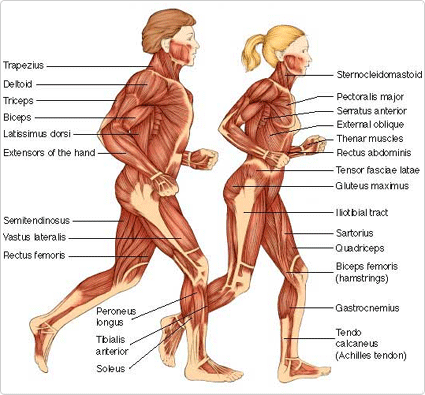Calcium And Teens How To
9th June 2014Up-to-date calcium research and news. EZorb Calcium, a new generation calcium supplement, has helped thousands around the world against calcium deficiency, osteoporosis, and many other diseases.


Your parents were right to make you drink milk when you were little. It’s loaded with calcium, a mineral vital for building strong bones and teeth.
The mineral calcium is well-known for its key role in bone health. Are you getting enough?
Non-Dairy Sources of Calcium All rapidly growing and healing people use substantial amounts of calcium, which the body will attempt to extract from the bones if dietary sources are not adequate.
Calcium in the Vegan Diet. by Reed Mangels, PhD, RD From Simply Vegan 5th Edition. Summary: Calcium, needed for strong bones, is found in dark green leafy vegetables, tofu made with calcium sulfate, calcium-fortified soy milk and orange juice, and many other foods commonly eaten by vegans.

Help meet your daily need for calcium, with Calcium 500 mg supplements with vitamin D to help support strong bones and teeth.
:fill(87E3EF,1)/about/calcium-56a93fee5f9b58b7d0f9a6c9.jpg)


Nature Made® Calcium 750 mg with Vitamins D and K can help build and support strong bones and teeth.




Calcium and vitamin D are important to prevent bone loss and osteoporosis. WebMD’s tips can help you get the calcium and vitamin D your body needs.
What is calcium and what does it do? Calcium is a mineral found in many foods. The body needs calcium to maintain strong bones and to carry out many important functions. Almost all calcium is stored in bones and teeth, where it …